Let’s outline the methods available in Photoshop for making selections, or to extract a subject from the background. This task probably comes up over and over in your work, and the options available in Photoshop can be overwhelming. So, let’s break down the options available.
Let’s start with what NOT to use: The Eraser tool! This tool is destructive in nature and a small mistake noticed later in the process is not fixable. There really is never a good time to use the Eraser when you have layer masks at your disposal (see below).
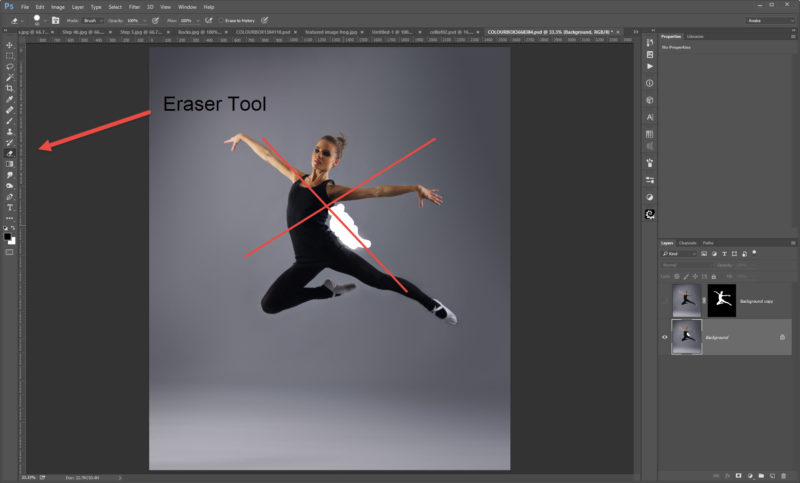
Now let’s look some very basic tools.
Perhaps one of the first tools you discovered in Photoshop was the Magic Wand tool. It allows you to make a quick selection based on contrasting colors. This could be useful in very simple selections on images with very high contrast.
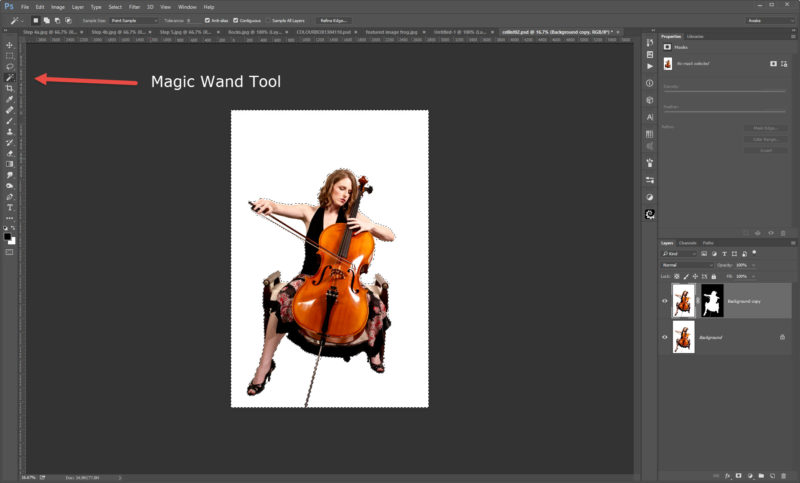
The upgrade to the Magic Wand tool is the Quick Selection tool. It also is good for simple selections, but offers a layer of control that the Magic Wand tool lacks. It allows you to essentially use a brush to paint in your basic selection and Photoshop will help you complete the selection. Unlike the Magic Wand tool, the Quick Selection tool makes it easy to fine tune a selection and to reverse a selection made by Photoshop.

Now for the next set of tools we have the Lasso and Polygonal Lasso tools.
The default Lasso tool requires a very steady hand and is useful if you are roughly adding or subtracting areas to an existing selection. Hold the Alt/Opt key to subtract and hold the Shift key to add to the selection. This can be a lifesaver if you have spent a bunch of time creating a complex outline, and then realize you missed a detail.
The Polygonal Lasso tool works best on very basic selections with straight lines. For example, this tool can be useful for selecting window panes, doorways, basic buildings etc.
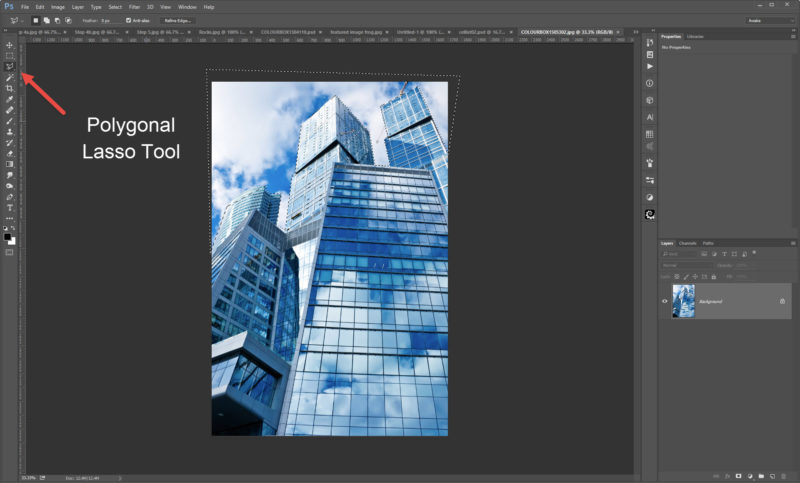
The pro upgrade of the Lasso tools is the Pen tool. This really offers the ultimate control for creating selections with any combination of straight lines and curves. It has a steep learning curve, but is worth adding to your Photoshop knowledge. An explanation of the use of the Pen tool is a full tutorial in and of itself, so stay tuned for more on this.
For the next set of options, we begin to move into selection methods rather than built in tools.
First, the basic layer mask. Layer masks are great for non-destructive selections which makes them editable at any time in your workflow. If you are tempted by the Eraser tool, try a layer mask instead! With your layer selected, simply click on the Add Layer Mask button below your layer stack. Now, with a black brush of your choice, paint away the unwanted areas of your layer. If you go too far, you can go back with a white brush to paint an area back in.
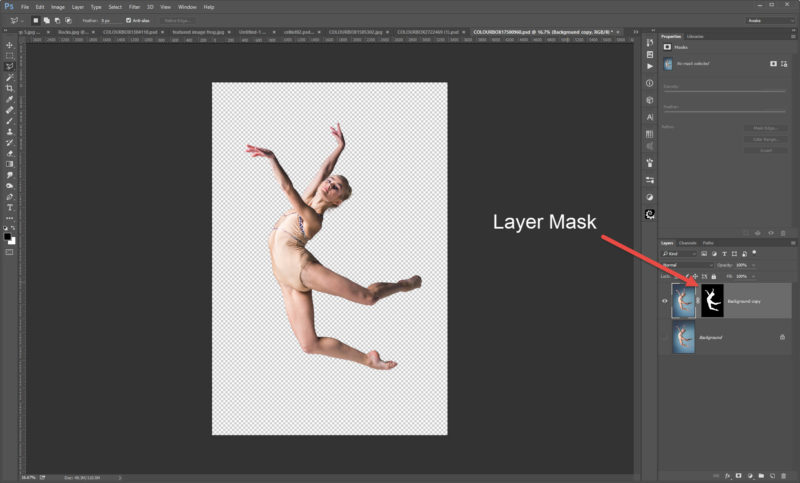
In many situations the easiest method for selecting hair and fur outlines is to use the Refine Edge tool. This option is available with most of the tools mentioned above. To create an outline selection, roughly trace a selection inside the subject. Now, select the Refine Edge option and play around with the radius and paint in areas where you want the fur or hair to be visible.
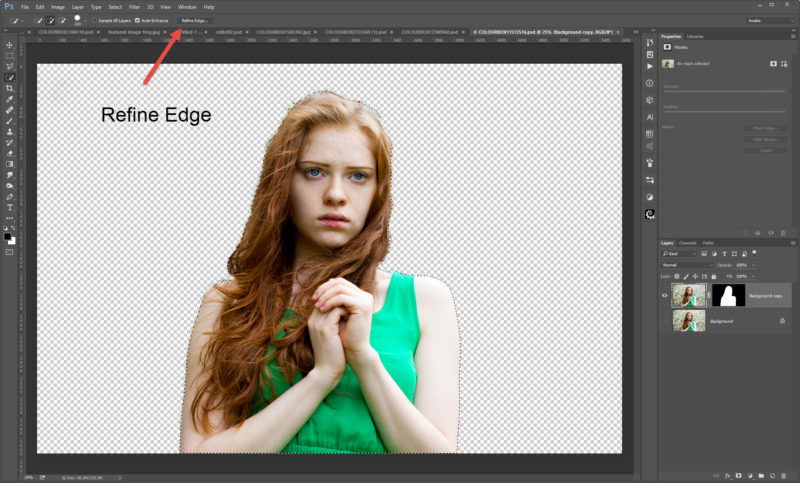

Another method is to use the Channels for selections of subjects that are presented in a fairly high contrast image. First select the Channels tab located at the top of your layers panel. Now select the highest contrast channel, and with the levels adjustment try to attain a clean black and white outline. Once you have that, click on the Load Channel as Selection button and go back to your layers panel to see your selection.
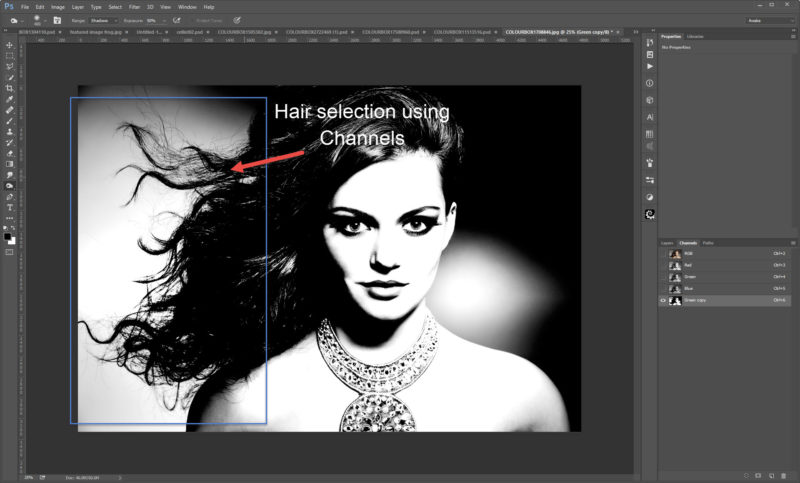
If you need to fine tune a selection in the Channels panel of a high contrast selection, such as a hair/fur/grass/tree outline, you can make use of the Dodge & Burn tools directly on the channel you are working on. Use the highlights/midtones/shadows drop-down at the top of your work space to affect the areas you are cleaning up.
A final method for hair and fur is to simply paint it back in after making a selection. This method is outlined by Paree Erica in her tutorial on cutting out hair and fur.
Let us know in the comments if you have other methods or questions about the methods and tools mentioned above!
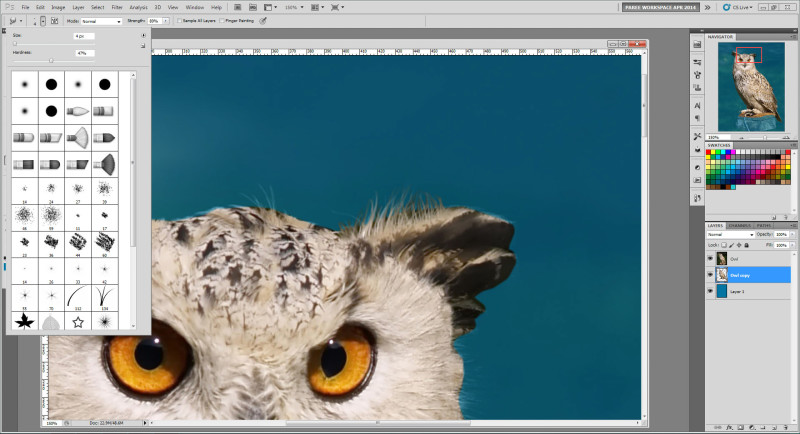
Thanks for these quick tips. Really looking forward to more details on the pen tool.
I only wish I had opened this page a few days ago. As a complete novice this page is extremely helpful to me. Thank you.